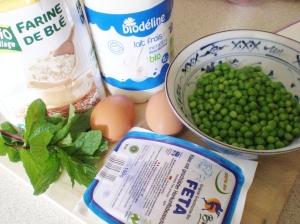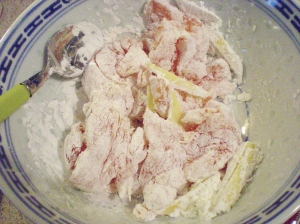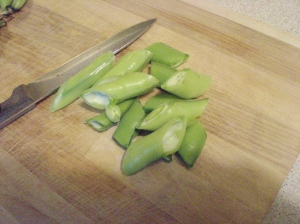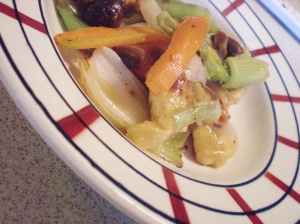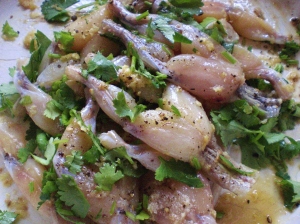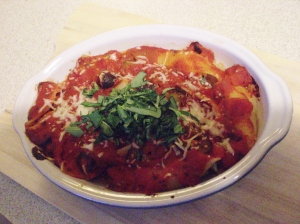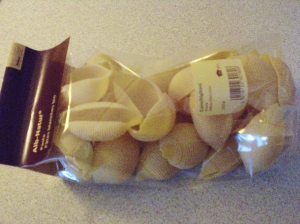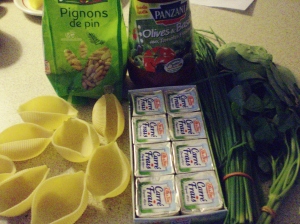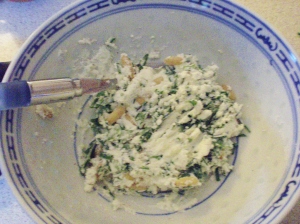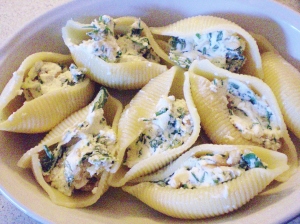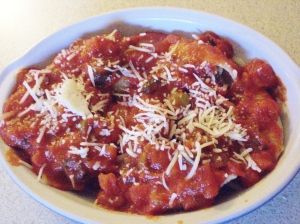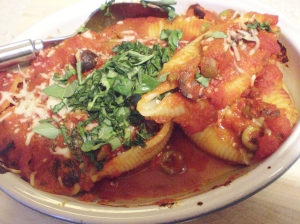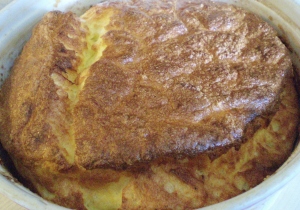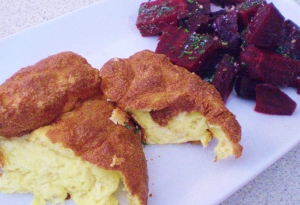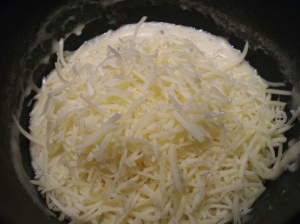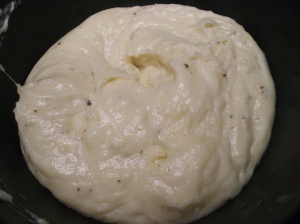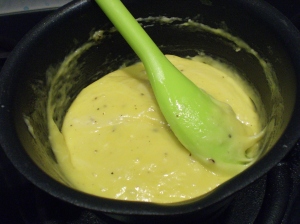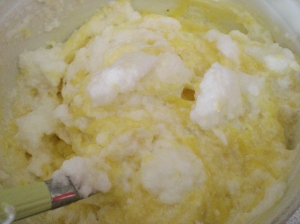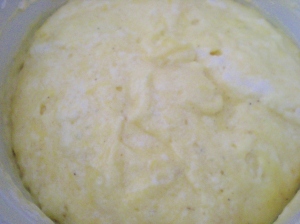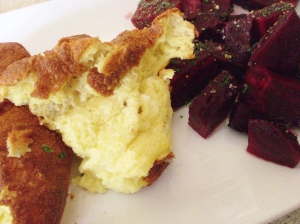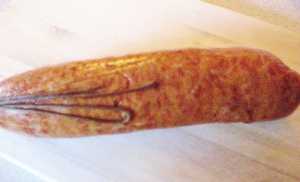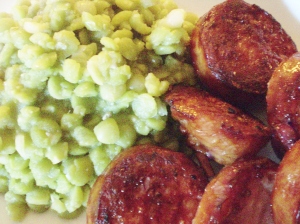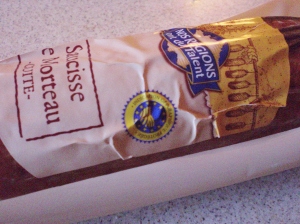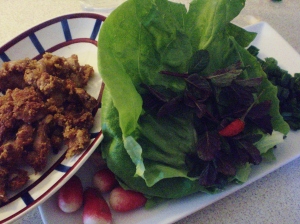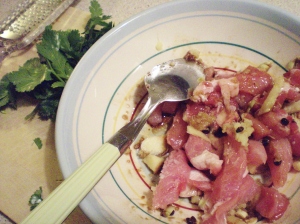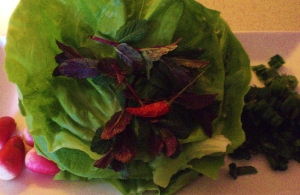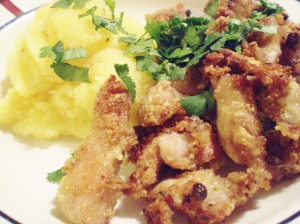navet, masculine noun (un navet, le navet, des navets) = turnip (pronounced nah-vey) .
Not most people’s favourite vegetable, but when they are young and fresh in spring their flavour is delicate and not overpowering as it often is in autumn and winter, and they can easily be eaten raw. Or used to accompany a meat dish, boiled briefly then glazed in a sugar and butter mixture.
Un navet is also currently used to denote a flop, when talking of a bad film, theatre performance or book.
My recipe today is a little different to the taste buds: pétales de légumes = vegetable petals.
For each person you will need:
- One small raw spring turnip
- One small raw beetroot
- One ripe tomato (I used a beef tomato)
- One small courgette (zuccchini)
- and any other vegetables you may feel like that can be cut into fine slices (radishes?), or fruits (oranges, strawberries?)
- salt
- chili flakes
- olive oil
- raspberry vinegar
Preparation:
Wash and trim all the vegetables. Peel the beetroot but do not peel either the turnip or the courgette.
Slice the courgette into as many thin lengthways strips as possible, discarding the first slice, which is just skin (simply for aethetic reasons), and place around the edge of each person’s plate in wavy, curly shapes.
Peel and slice the beetroot into very fine slices and being careful not to taint the courgette with beetroot juice (again for the aesthetics), place an overlapping circle of beetroot slices inside the ring of courgettes.
Wash your hands, the knife and the chopping board. Finely slice the turnip and place another ring inside the beetroot ring. Do not season.
Core and skin the tomato (plunge it into boiling water for a minute or so, the skin will come off easily). Cut into small cubes, place in a bowl with the equivalent of one smallish dried chili (outside and seeds), flaked. Quite a lot of salt (tomatoes need salt), but you can rectify later. One tbs raspberry vinegar. 2 tbs olive oil (if you are several at table increase the oil and vinegar). Mix to a smooth paste with a soup mixer. It makes a sort of rather thick gazpacho-like mixture. Taste and rectify seasoning. It should be fairly chili hot, vinegary, with a good strong flavour of olive oil. Place a spoonful of this mixture in a tiny bowl in the centre of your vegetable plate. Leave the rest of the tomato dressing in a larger bowl on the table, because it is more-ish and people can help themselves and drown their plates in it if they like. But it looks better to present only a small quantity.
This is an excellent starter, fresh and appetizing-looking, but you can also make a main course of it if you are feeling fragile and only want raw vegetables, maybe accompanied with crusty bread and butter, or viande des grisons (thin cured beef slices). Or parma ham.
Bon appétit!











